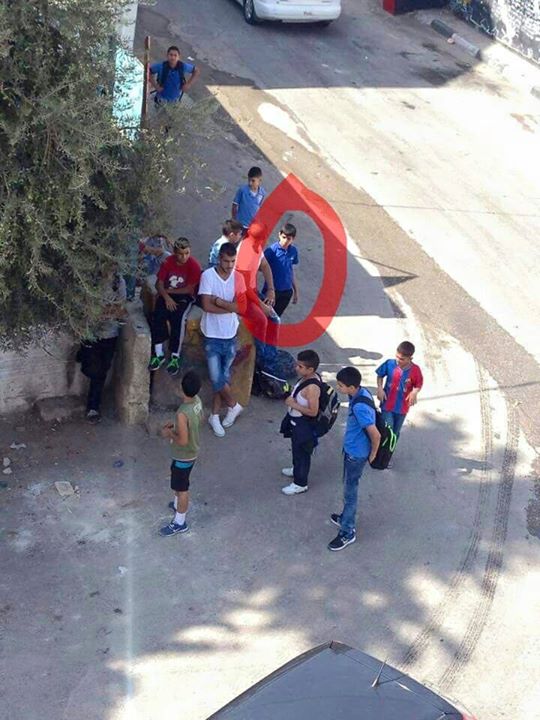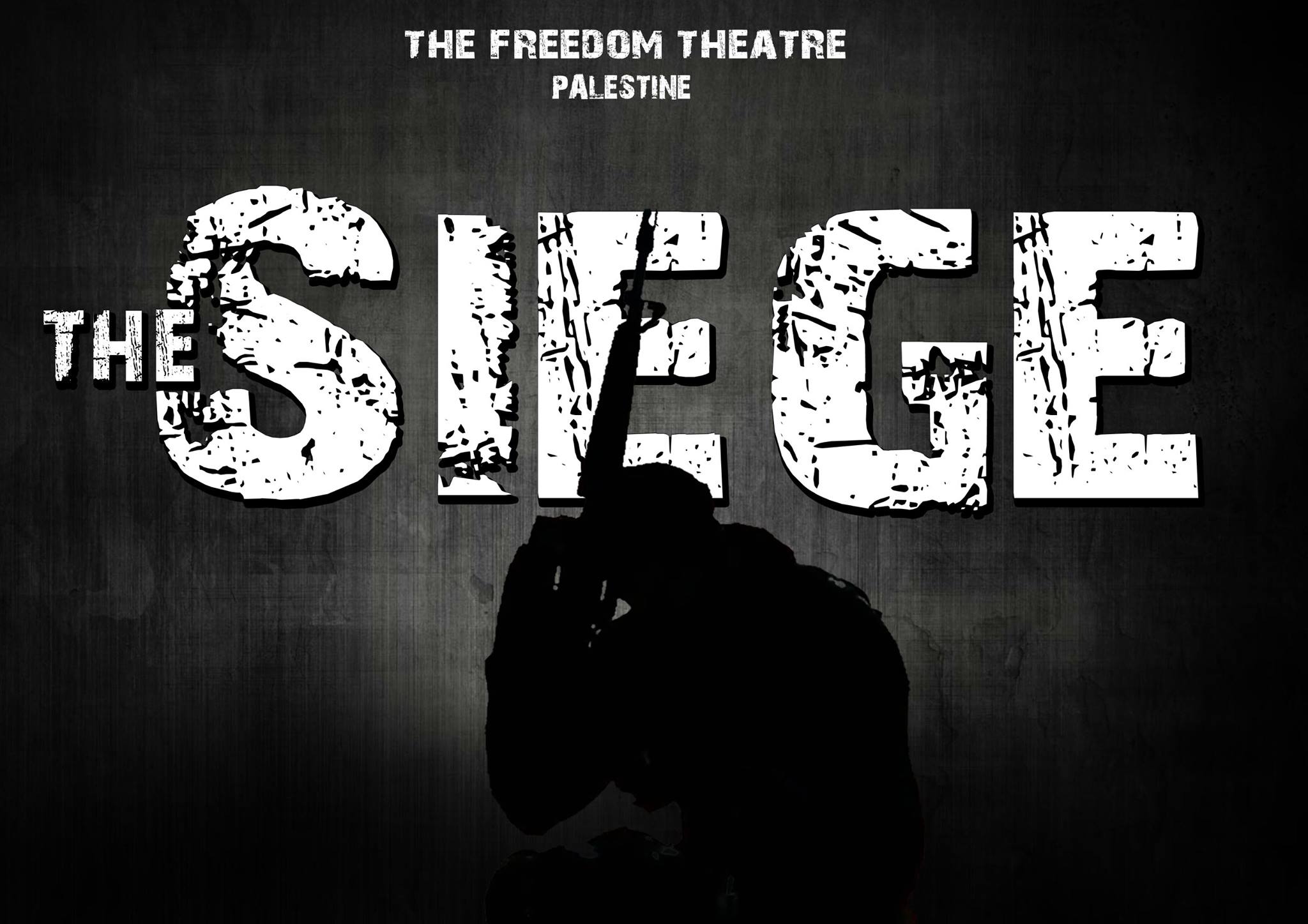Tag: Bethlehem
-
More Palestinians injured as Israeli forces violently attack mourners at a funeral in Bethlehem
6th October 2015 | International Solidarity Movement, Al-Khalil team | Bethlehem, occupied Palestine The funeral of the 13-year old Abed al-Rahman Obeidallah, who was shot and killed by Israeli forces on his way home from school yesterday, took place today in Betlehem with over a thousand attendees. They marched from the Beit Jala hospital to Abeds house…
-
12 year old Palestinian killed in Bethlehem as violence explodes across the West Bank
5th October 2015 | International Solidarity Movement, Al-Khalil team | West Bank, occupied Palestine Abed al-Rahman Shadi Obeidallah, 12 was still in his school uniform when he was rushed in a civilian car to Beit Jala hospital from Aida refugee camp in Bethlehem today. The boy, from from a Al Kahder village, was shot in the…
-
The Siege – cultural resistance in Palestine
20th April 2015 | Frida and Jenny | Jenin, Occupied Palestine The room was overflowing with people who had come to witness the opening of the play The Siege. Pushing our way through the throng we managed to find some seats, squashed in the middle of a diverse and lively audience. We were sitting in…



